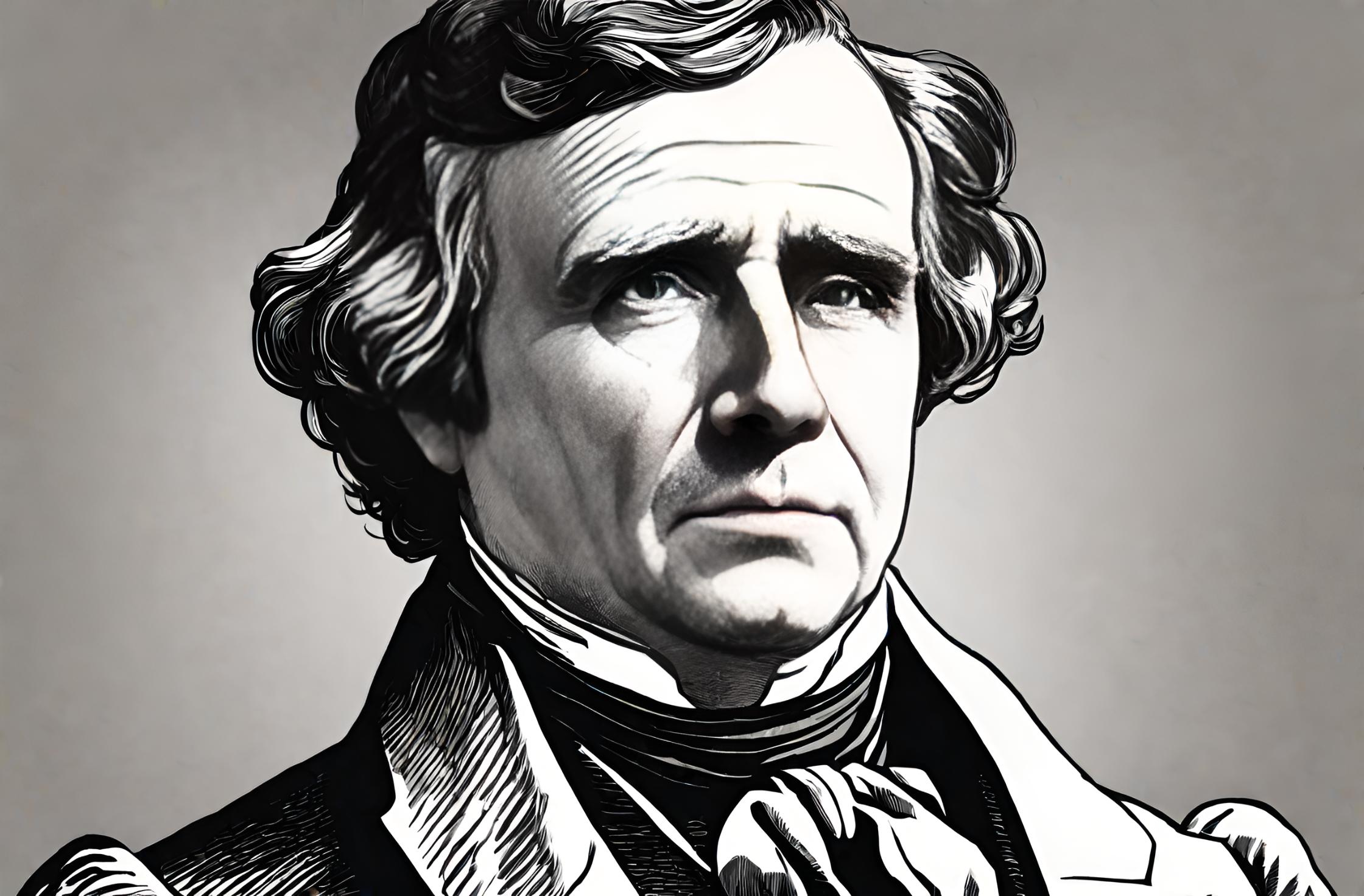Flashback to July 14
American History

1954
The central region of the United States suffers extremely hot weather, with the temperature reaching 118°F
Read moreOn July 14, 1954, the central region of the United States experienced an unprecedented heatwave, with temperatures soaring to record-breaking heights. Warsaw and Union, Missouri, reached a scorching 118°F (48°C), while East St. Louis, Illinois, wasn’t far behind at 117°F (47°C). These extreme temperatures set new all-time state record highs and left residents grappling with the unrelenting heat.
The severity of the heatwave was particularly alarming, as it posed significant health risks and challenged the region’s infrastructure. High temperatures can lead to heat-related illnesses such as heat exhaustion and heat stroke, which can be life-threatening if not properly addressed. The elderly, young children, and individuals with pre-existing medical conditions were especially vulnerable during this extreme weather event.
In addition to the health risks, the heatwave also tested the resilience of the central region’s infrastructure. High temperatures can strain power grids, potentially leading to power outages as cooling systems and air conditioning units overload. This can exacerbate the already challenging conditions faced by residents, leaving them without essential amenities to cope with the oppressive heat.
Moreover, extreme heat poses a threat to agriculture and the economy in the affected areas. Crops and livestock can suffer from heat stress and dehydration, leading to reduced yields and potential financial losses for farmers. Additionally, outdoor workers, such as those in construction and farming, faced dangerous working conditions and increased the risk of heat-related accidents.
The 1954 heatwave highlighted the importance of taking proactive measures to mitigate the impacts of extreme weather events. The central region’s communities and authorities were urged to implement strategies to cope with and adapt to rising temperatures. These measures included public awareness campaigns to educate residents on heat safety, the establishment of cooling centers in public spaces, and the prioritization of vulnerable populations.
In the years following the 1954 heatwave, advancements in meteorological forecasting and early warning systems have allowed for better preparedness and response to extreme weather events. Today, meteorologists can provide accurate temperature predictions well in advance, enabling authorities and individuals to take necessary precautions and preventive measures.
Climate change has also become a critical factor in the occurrence of heatwaves and extreme weather events. Rising global temperatures due to greenhouse gas emissions are increasing the frequency and intensity of heatwaves, posing a significant threat to human health, infrastructure, and the environment. It is crucial for policymakers and communities to focus on reducing greenhouse gas emissions and implementing adaptation strategies to safeguard against the impacts of climate change.
As we reflect on the 1954 heatwave in the central region of the United States, it serves as a reminder of the profound effects of extreme temperatures on individuals, communities, and the environment. This event serves as an important historical reference for understanding the challenges posed by heatwaves and the urgency with which we must address climate change.
The lessons learned from the 1954 heatwave can inform our actions today, as we strive to build resilient communities that can withstand the impacts of extreme weather events. By prioritizing public health, implementing adaptation strategies, and reducing greenhouse gas emissions, we can work towards a more sustainable and climate-resilient future.
We strive for accuracy. If you see something that doesn't look right, click here to contact us!
Sponsored Content

President Franklin Pierce opens…
On July 14, 1853,…

US Treasury begins removing…
On July 14, 1967,…

Lieutenant Colonel Oliver North…
Lieutenant Colonel Oliver North's…

Tape measure enclosed in…
On July 14, 1868,…

The central region of…
On 7/14/1954, the central…

First American national monument…
"Learn about the historic…

